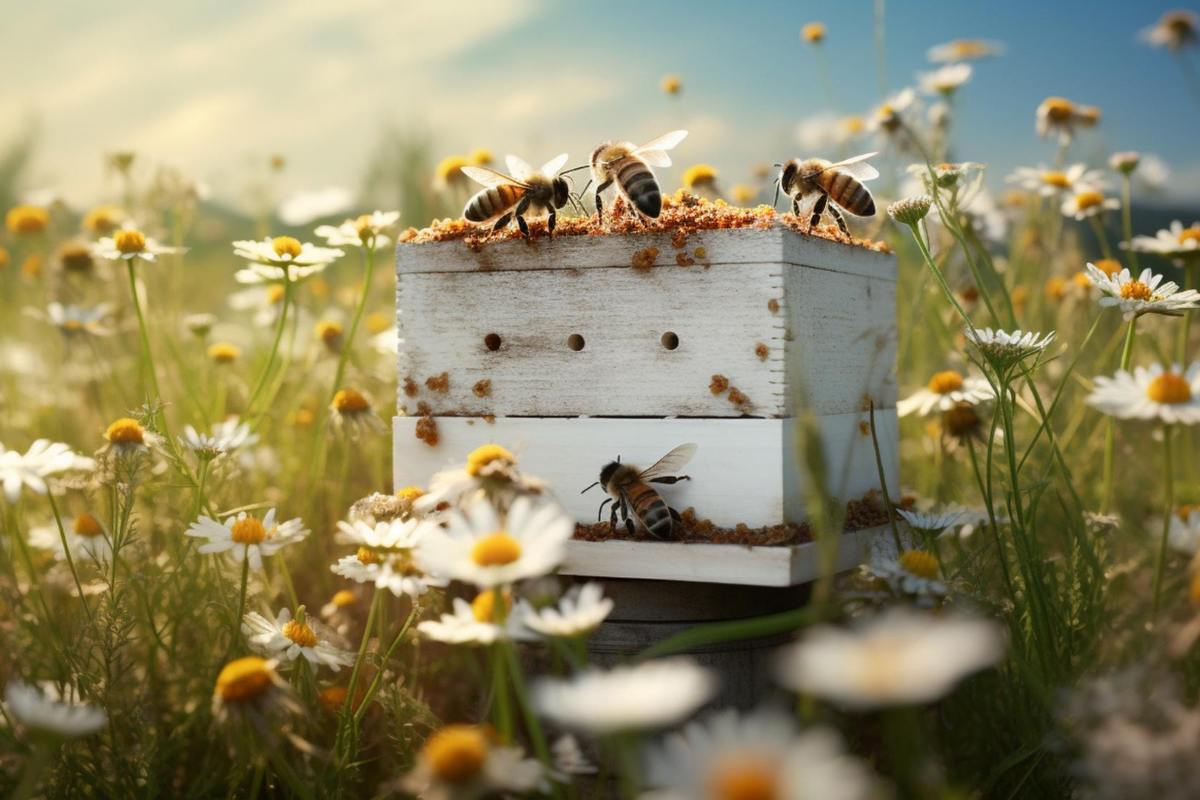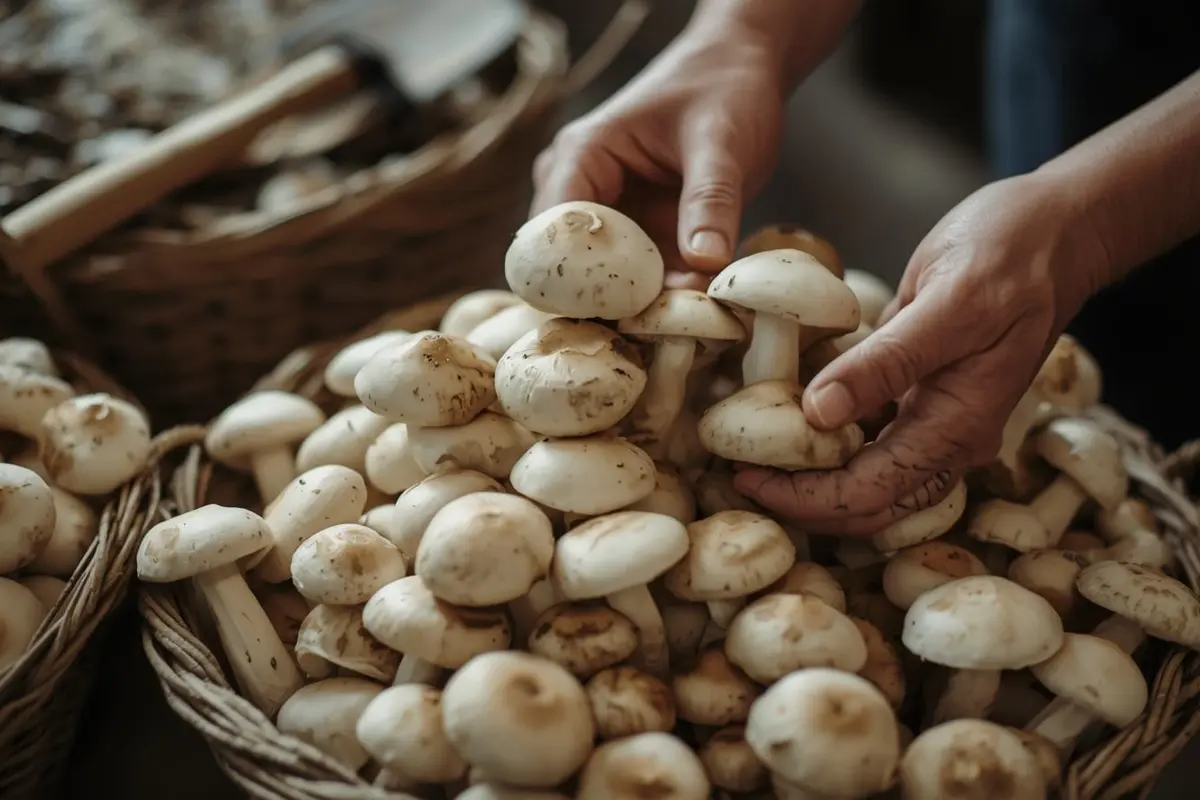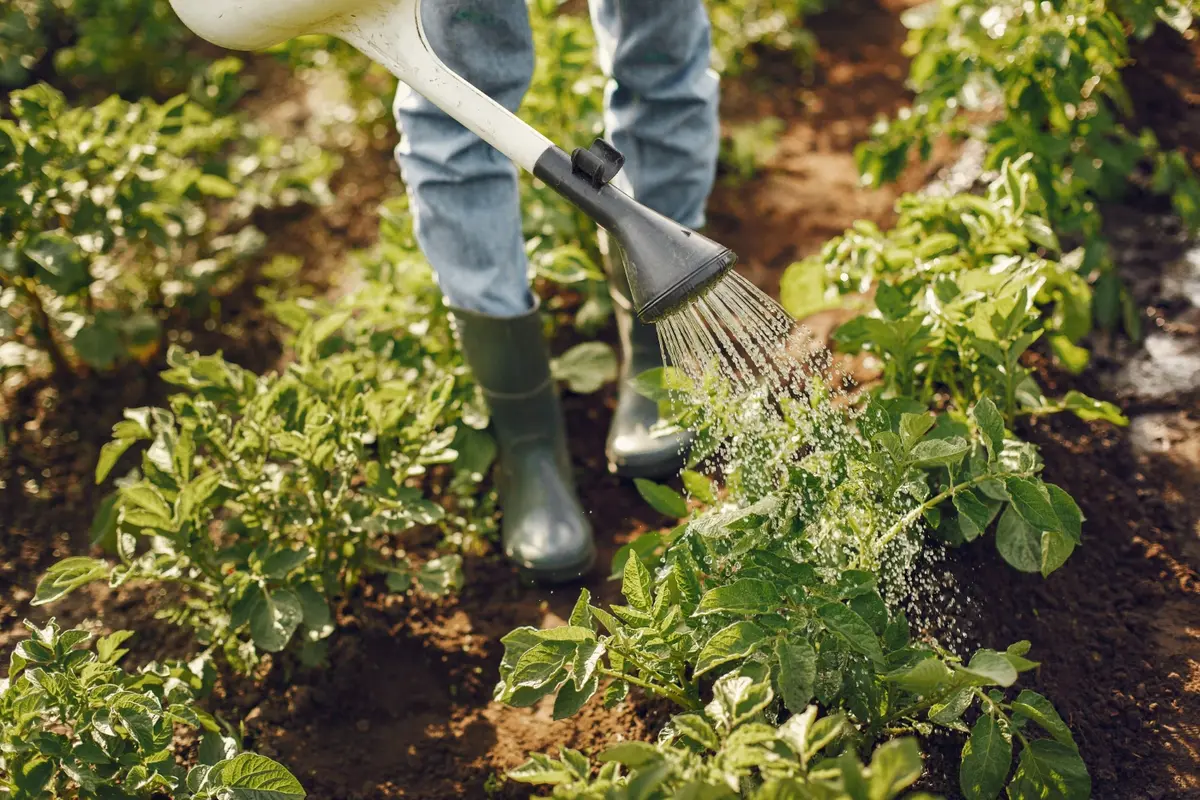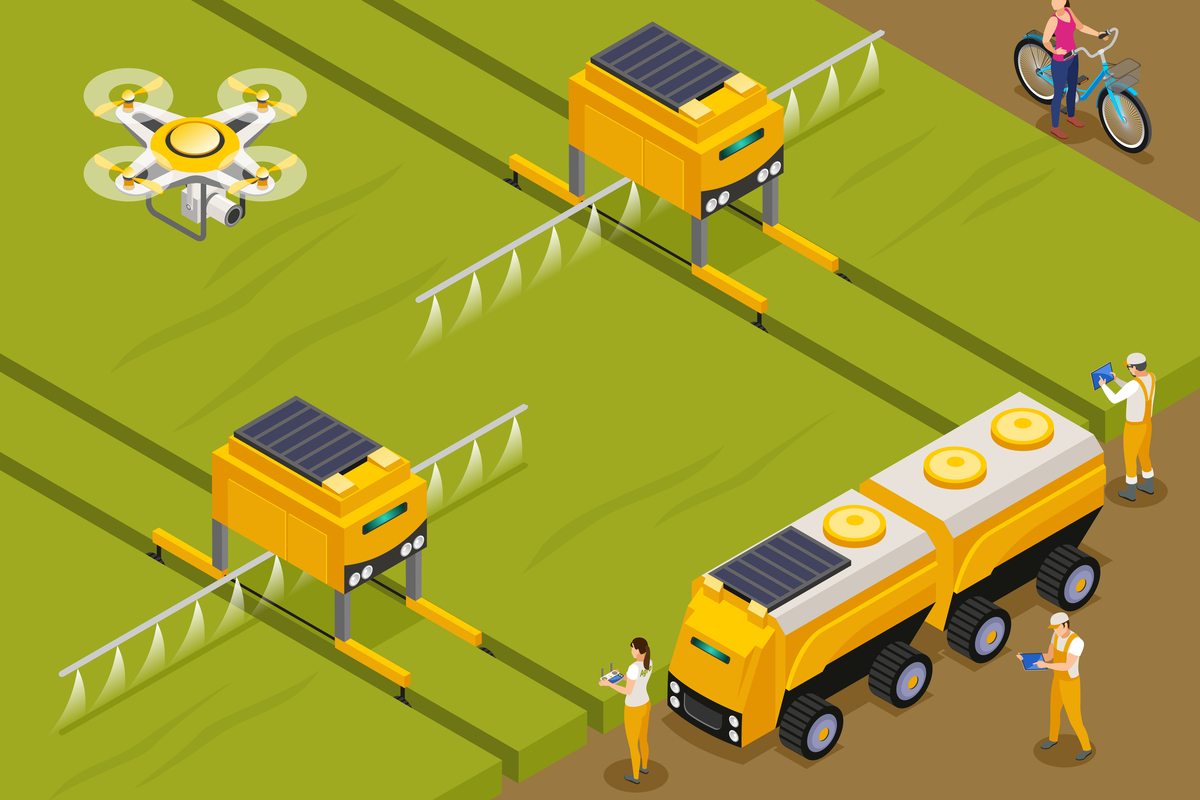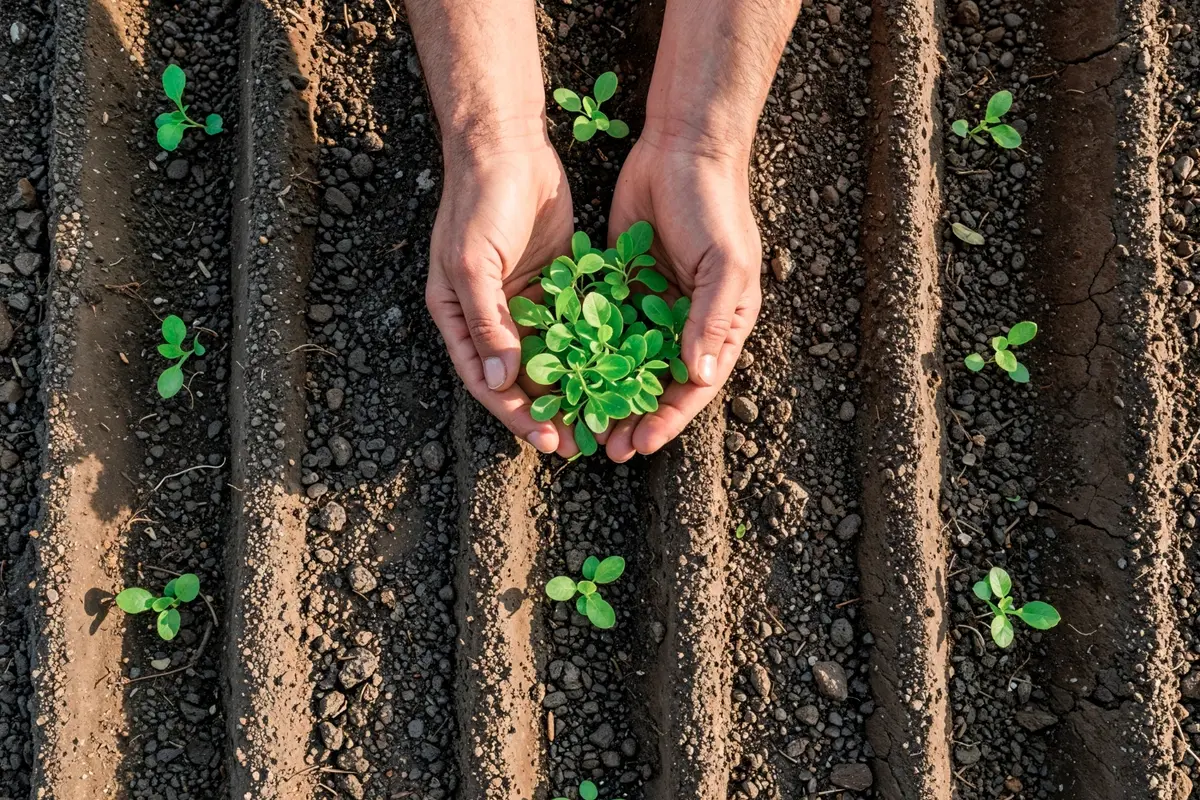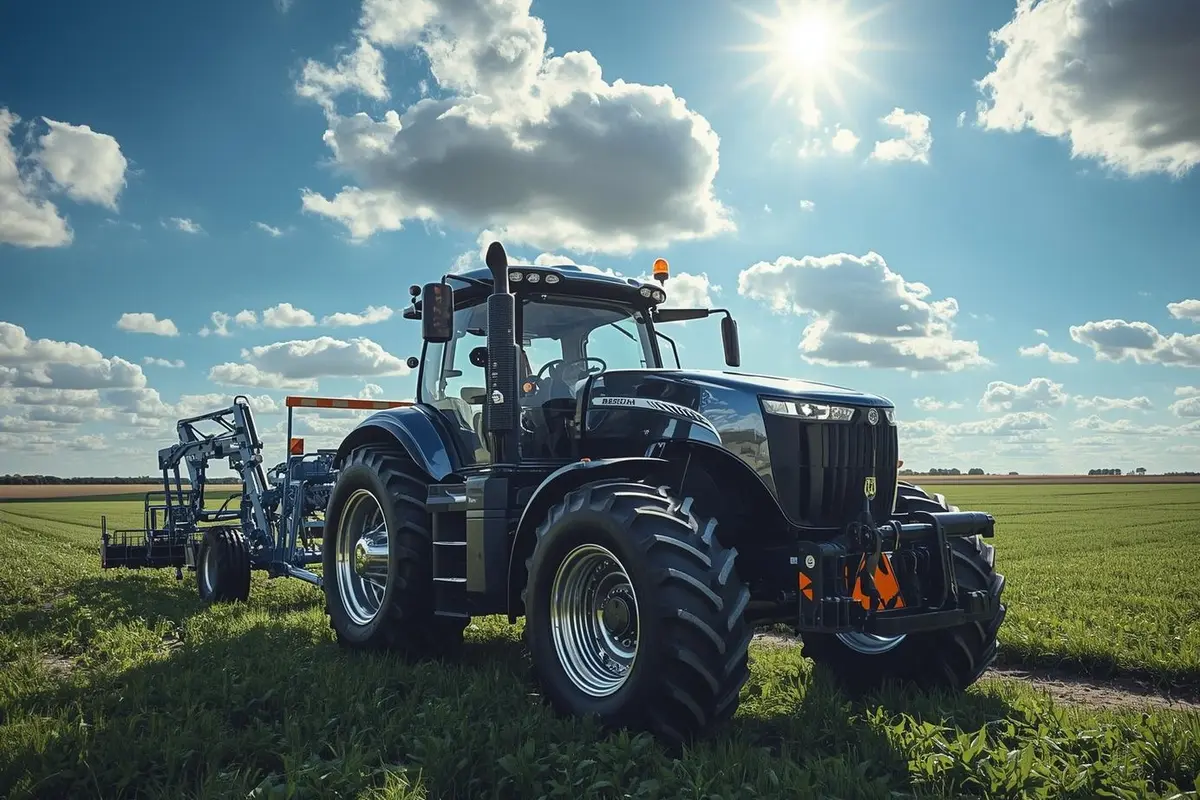Table of Contents
What is Honey Bee Farming or Beekeeping?
Honey bee farming, also known as beekeeping or apiculture, is the practice of raising and managing honey bee colonies to produce honey and other bee-related products like beeswax, royal jelly, propolis, and pollen. Beekeepers usually keep the bees in specially designed wooden boxes called beehives, which mimic the bees’ natural nesting environment.
In addition to honey production, bees play a vital role in pollinating crops, which helps increase agricultural productivity and biodiversity. Beekeeping can be done on a small scale as a hobby or on a large scale as a commercial venture. Honey bee farming is eco-friendly, cost-effective, and a great source of income for any individual while supporting environmental conservation.
Components of Beekeeping
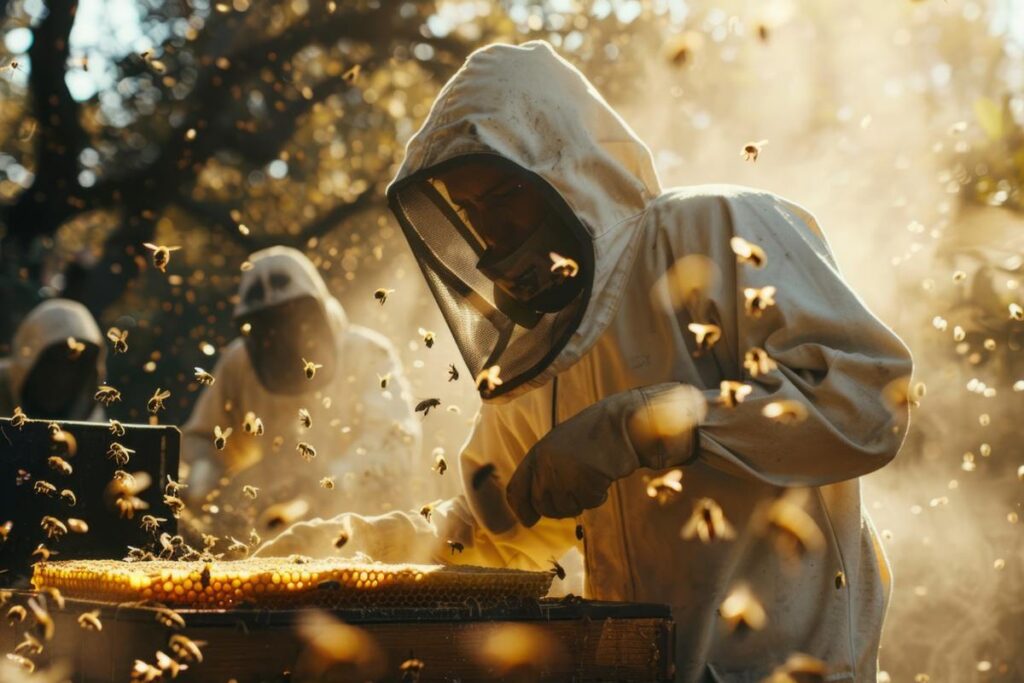
1. Bee Colonies
At the heart of honey bee farming is the bee colony. A healthy colony typically contains 40,000 to 60,000 bees during peak season. A bee colony is a complex social structure made up of:
Queen Bee: The only fertile female in the hive, responsible for laying all the eggs. A strong queen is essential for a productive colony.
Worker Bees: These are sterile female bees that perform all the tasks such as cleaning the hive, foraging for nectar and pollen, making honey, feeding the larvae, and guarding the hive.
Drones: These are the male bees whose sole purpose is to mate with a queen. They are fewer in number and do not participate in work or honey production.
2. Beehives
Beehives are artificial structures provided by beekeepers to house the colonies. Hives provide structure, protection, and help manage honey production and harvesting efficiently. The most common type is the Langstroth hive, which consists of:
Hive stand: Keeps the hive off the ground to prevent moisture and pest attacks.
Bottom board: Acts as the hive floor.
Brood box: Where the queen lays eggs and developing bees are nurtured.
Frames: Removable wooden frames where bees build combs and store honey or brood.
Honey super: An additional box placed above the brood box for honey storage.
3. Protective Equipment
Since bees can sting, safety gear is essential for any beekeeper. This gear ensures the beekeeper can work calmly and confidently with the bees.
Bee suit: A full-body suit made of thick fabric to prevent stings.
Gloves: Protect the hands while handling hives.
Bee veil or helmet: Shields the face and neck from bee stings.
Boots: Often worn with bee suits to provide full-body coverage.
4. Beekeeping Tools
Hive Tool: A multipurpose tool used to pry open hive boxes, remove frames, and scrape off wax or propolis.
Bee Smoker: Produces cool smoke to calm the bees. Smoke masks alarm pheromones and reduces aggressive behavior.
Queen Excluder: A mesh screen placed between brood box and honey super to prevent the queen from laying eggs in honey storage frames.
Honey Extractor: A centrifugal machine used to extract honey from the frames without destroying the comb.
5. Forage Source
Bees require nectar and pollen from flowering plants to survive and make honey. The availability of diverse and chemical-free flowering plants ensures the production of high-quality honey and keeps the bees healthy. A good forage source includes wildflowers, fruit orchards, forests or natural vegetation and crops like mustard, sunflower, clover.
Steps to Start Honey Bee Farming for Beginners
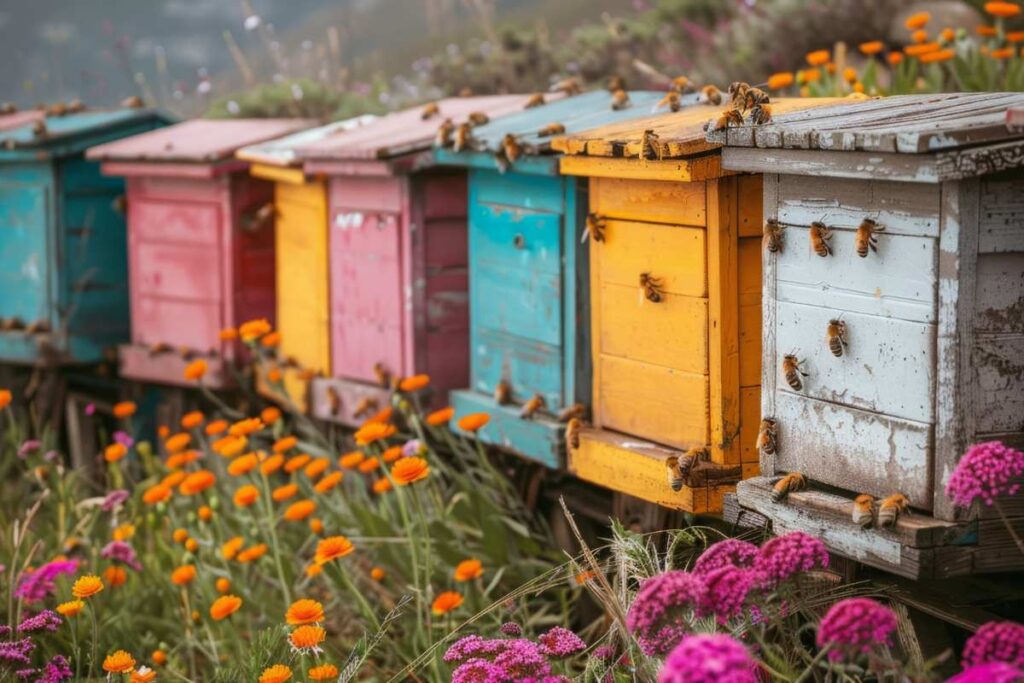
1. Gain Basic Knowledge of Beekeeping
Before starting honey bee farming, it’s essential to learn the fundamentals of bee biology, hive management, seasonal care, and honey harvesting. You can attend training programs, read books, or consult experienced beekeepers. A solid foundation will help you avoid mistakes, manage your bees properly, and respond to challenges effectively.
2. Choose a Suitable Location
Select a location that is quiet, away from heavy traffic, and close to flowering plants. The area should have a clean water source, good sunlight, and protection from strong winds. A good location increases nectar availability and supports the overall health and productivity of the bee colony.
3. Select the Right Species of Bees
Different regions support different types of honey bees. Choose a species that is well-suited to your local environment and your skill level as a beginner. Some common bee species used for beekeeping are:
Apis mellifera (European honey bee): High honey yield, easy to manage.
Apis cerana indica (Indian bee): Native species, adaptable to Indian climate.
Apis dorsata (Rock bee): Large size, produces a lot of honey but difficult to domesticate.
4. Procure Beekeeping Equipment
Invest in basic beekeeping tools and safety gear to manage your hives safely and efficiently. These include beehives, bee suit, gloves, smoker, hive tool and brush. Good-quality equipment ensures smooth operations and reduces the risk of injury or colony disturbance.
5. Set Up Beehives Properly
Install your beehives in your chosen location with proper spacing for easy access and management. Keep them off the ground using stands and ensure the hive entrance faces the morning sun to encourage early activity. Use a shade or cover to protect the hive from excessive heat or rain. Proper setup helps in colony health and simplifies inspections and harvesting.
6. Introduce the Bee Colony
Once your hives are ready, introduce nucleus colonies or bee packages purchased from a trusted source. Make sure the queen is healthy and accepted by the worker bees. For the first few days, monitor their behavior to ensure they are settling in and starting to build combs and forage for food.
7. Provide Proper Care and Regular Inspection
Routine inspection is key to successful beekeeping. An essential checklist includes queen presence, egg-laying, brood pattern, honey storage, signs of pests, diseases, or swarm preparation. Provide sugar syrup during food shortages, replace old combs, and manage space by adding or removing hive boxes as needed. Regular care helps the colony grow stronger and more productive.
8. Harvest Honey at the Right Time
Honey is usually harvested at the end of the flowering season when the combs are sealed with wax. Use a honey extractor to remove honey without damaging the combs, and ensure the frames are replaced quickly to maintain the colony’s stability. Only harvest surplus honey to ensure enough remains for the bees’ survival.
Benefits of Honey Bee Farming
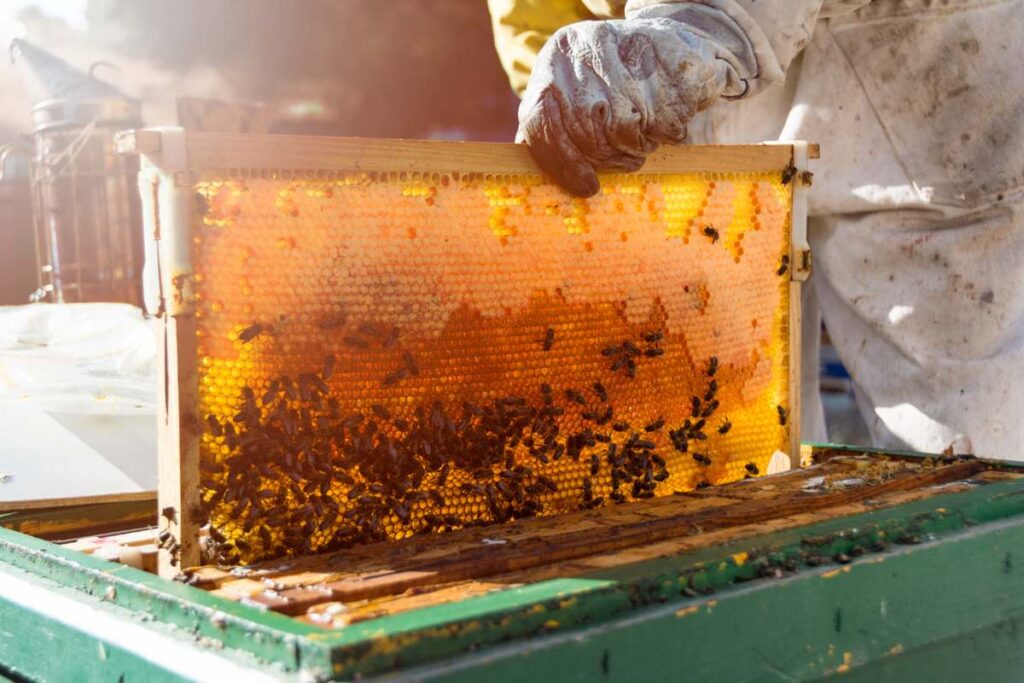
1. Profitable Source of Income
Honey bee farming is a highly profitable venture that requires relatively low investment and yields high returns. Beekeepers can earn by selling various bee products, such as raw or processed honey, beeswax, royal jelly, bee pollen, and propolis. With increasing demand for organic and natural products, these items fetch premium prices in local and international markets.
2. Enhances Agricultural Productivity through Pollination
One of the greatest benefits of beekeeping is its contribution to crop pollination. Bees are natural pollinators and play a crucial role in the fertilization of many fruits, vegetables, oilseeds, and legumes. Their pollination increases not only the quantity but also the quality of produce.
3. Eco-Friendly and Sustainable Practice
Beekeeping is an environmentally sustainable activity that does not harm the soil, water, or air. It requires no fertilizers, pesticides, or intensive land use. Instead, it promotes the conservation of biodiversity by supporting the natural pollination of wild plants and crops.
4. Production of Valuable By-Products
Apart from honey, honey bee farming produces several valuable by-products that have commercial uses. Beeswax is used in candle-making, cosmetics, and pharmaceuticals. Royal jelly and bee pollen are health supplements rich in nutrients. Propolis has antibacterial properties and is used in natural remedies. These by-products add value to the beekeeping business and open up avenues for diversification into natural wellness and organic product markets.
5. Promotes Floral Biodiversity
The presence of honey bees in an area encourages the growth of diverse plant species through cross-pollination. This helps maintain floral biodiversity, which in turn supports other insects, birds, and animals. A biodiverse environment is more resilient to pests, diseases, and climate stress.
6. Low Maintenance with High Returns
Once established, a bee colony requires relatively little daily maintenance. Bees feed themselves from nearby flowers, and the beekeeper only needs to monitor the hive occasionally. With proper care and seasonal feeding, a hive can produce multiple honey harvests in a year. The high yield of honey, combined with low operating costs, makes beekeeping a high-return enterprise over time.
Challenges in Beekeeping
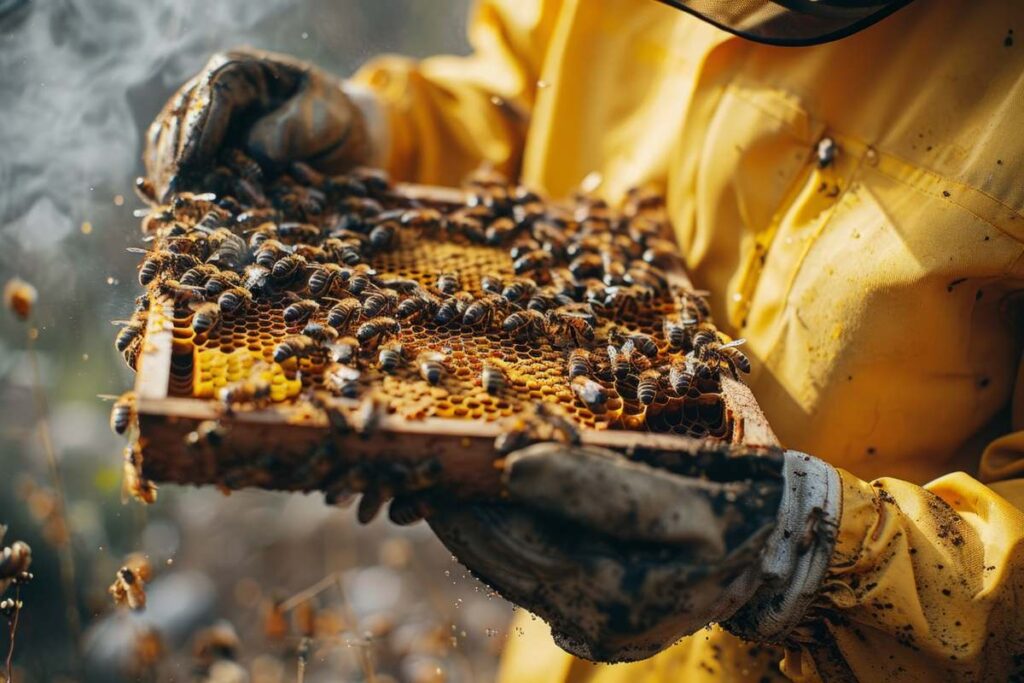
1. Pest and Parasite Infestation
Beekeeping faces serious threats from pests like Varroa mites, wax moths, ants, and small hive beetles. These parasites can invade the hive, damage combs, feed on bee larvae, and spread diseases.
2. Bee Diseases
Honey bee colonies are vulnerable to several diseases, such as American foulbrood (AFB), European foulbrood (EFB), Nosema, and chalkbrood. These diseases can be bacterial, fungal, or viral and may quickly spread within and between colonies.
3. Colony Collapse Disorder
Colony Collapse Disorder is a mysterious phenomenon where worker bees suddenly abandon the hive, leaving behind the queen, brood, and food stores. The exact causes are still debated, but factors like pesticide exposure, stress, poor nutrition, and diseases are believed to contribute.
4. Pesticide Exposure
Pesticides used in nearby agricultural fields can be toxic to bees. When bees collect nectar or pollen from treated plants, they ingest harmful chemicals that affect their nervous system, disorient them, and reduce their ability to return to the hive. Pesticide poisoning can lead to mass bee deaths and reduced productivity.
5. Climate Change and Weather Conditions
Honeybees are highly sensitive to temperature and seasonal changes. Unpredictable weather, extreme heat, heavy rains, or prolonged droughts can affect flowering cycles and nectar availability. Climate change also disrupts bee foraging behavior and increases stress, leading to weakened colonies and reduced honey yields.
6. Lack of Forage and Biodiversity
Modern farming practices and urbanization often lead to the loss of natural habitats and a decline in flower diversity. Without access to a wide variety of nectar- and pollen-rich plants, bees struggle to meet their nutritional needs.
7. Improper Hive Management
Beginners in beekeeping may face challenges due to a lack of experience or knowledge. Improper handling, poor hive placement, infrequent inspections, or the mishandling of bees during honey extraction can stress the bees and lead to swarming, aggression, or colony loss.
Conclusion
Starting honey bee farming as a beginner can be a rewarding and sustainable venture when approached with the right knowledge and preparation. From choosing a suitable location and selecting the right bee species to setting up hives and learning proper management practices, every step plays a crucial role in building a healthy and productive apiary. Though there are challenges like pests, diseases, and climate issues, these can be overcome with regular care, learning, and preventive measures. With patience, passion, and a willingness to learn, beginners can successfully start and grow their honey bee farming journey.

